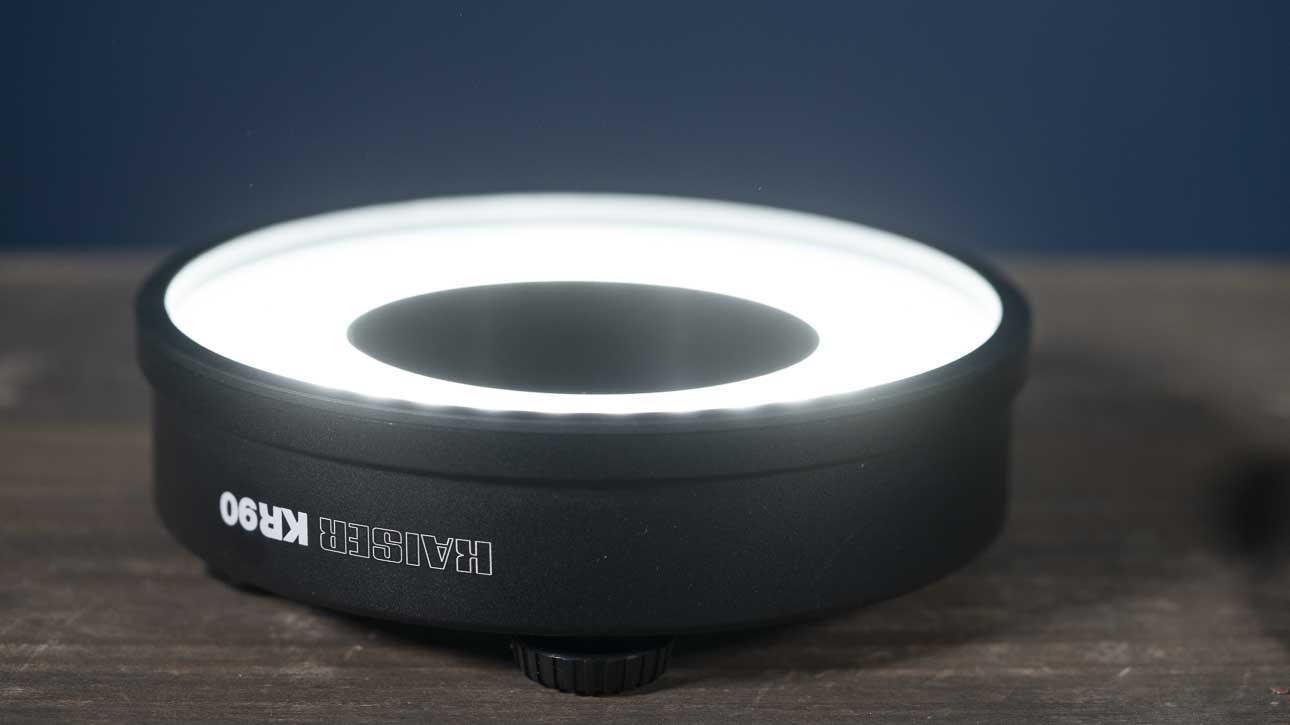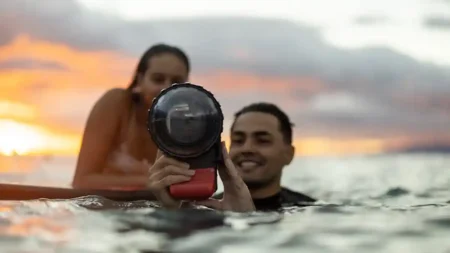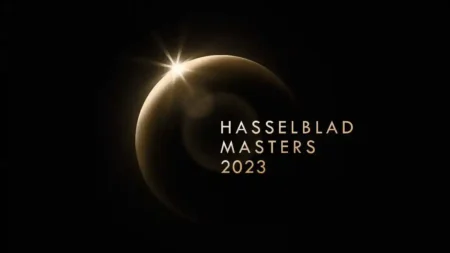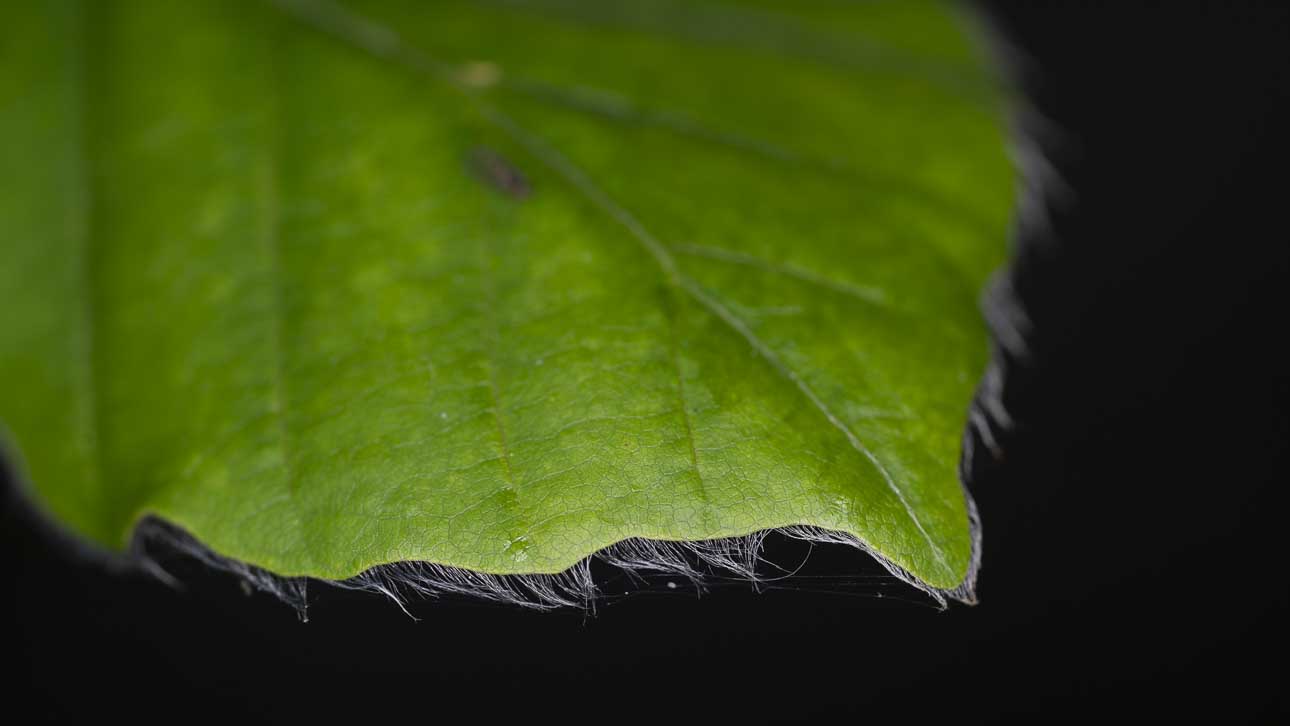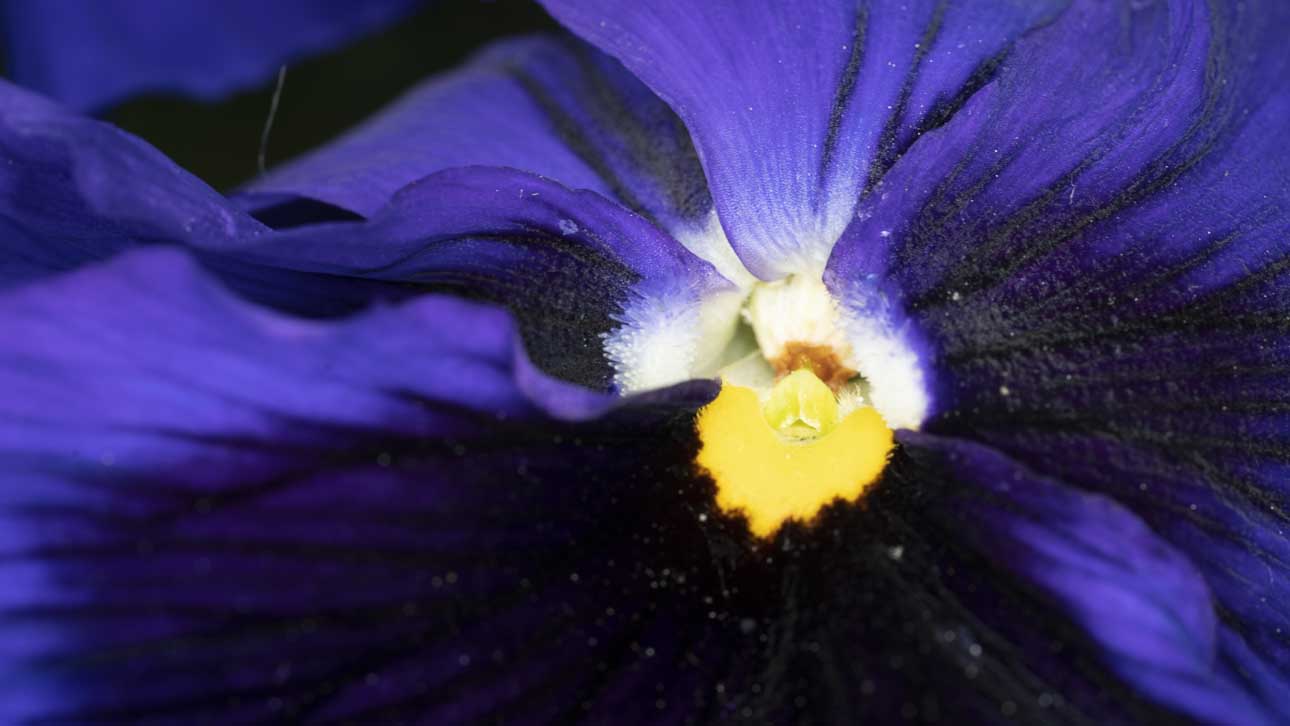The Kaiser KR90 ringlight is designed to solve a common problem with macro photography. That is, that you can’t get enough light onto your subject. This is made worse by the fact that you’re often working in your own shadow. The solution is to position a light (or lights) right at the end of the lens.
Ringlights are a popular choice as they fit around the end of a lens, putting the illumination just where it’s needed.
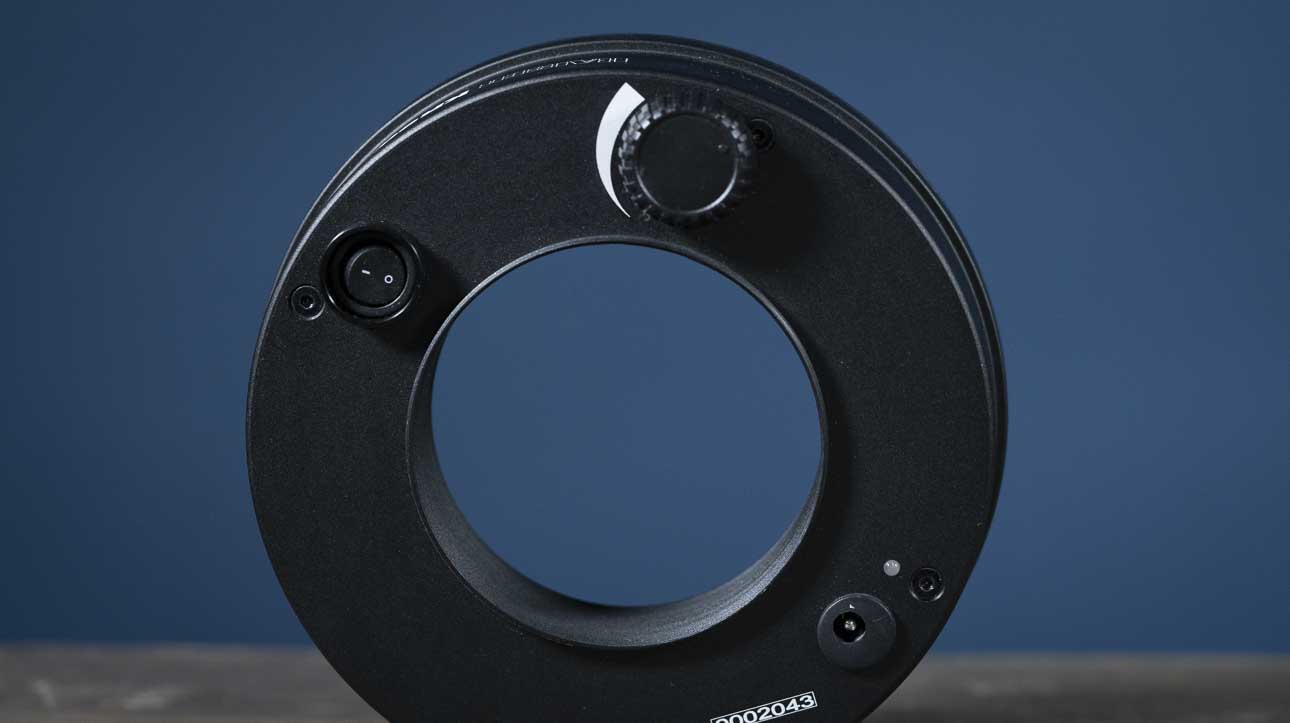
The Kaiser KR90 has 30 three-chip LEDs arranged behind translucent perspex. This creates a soft ring of light and shadowless illumination.
The power comes from the internal rechargeable lithium-ion batteries. When these are fully-charged, there’s enough power for 2 hours full-strength illumination. However, when the light is dimmed, the batteries last longer.
Although the KR90’s packaging looks rather dated and its design is a bit utilitarian, it has a solid construction. The main section, the ring, is made from metal and has a 77mm diameter thread. This can be attached directly to a lens, but 52, 55, 58, 62, 67, and 72mm adapter rings are provided in the box.
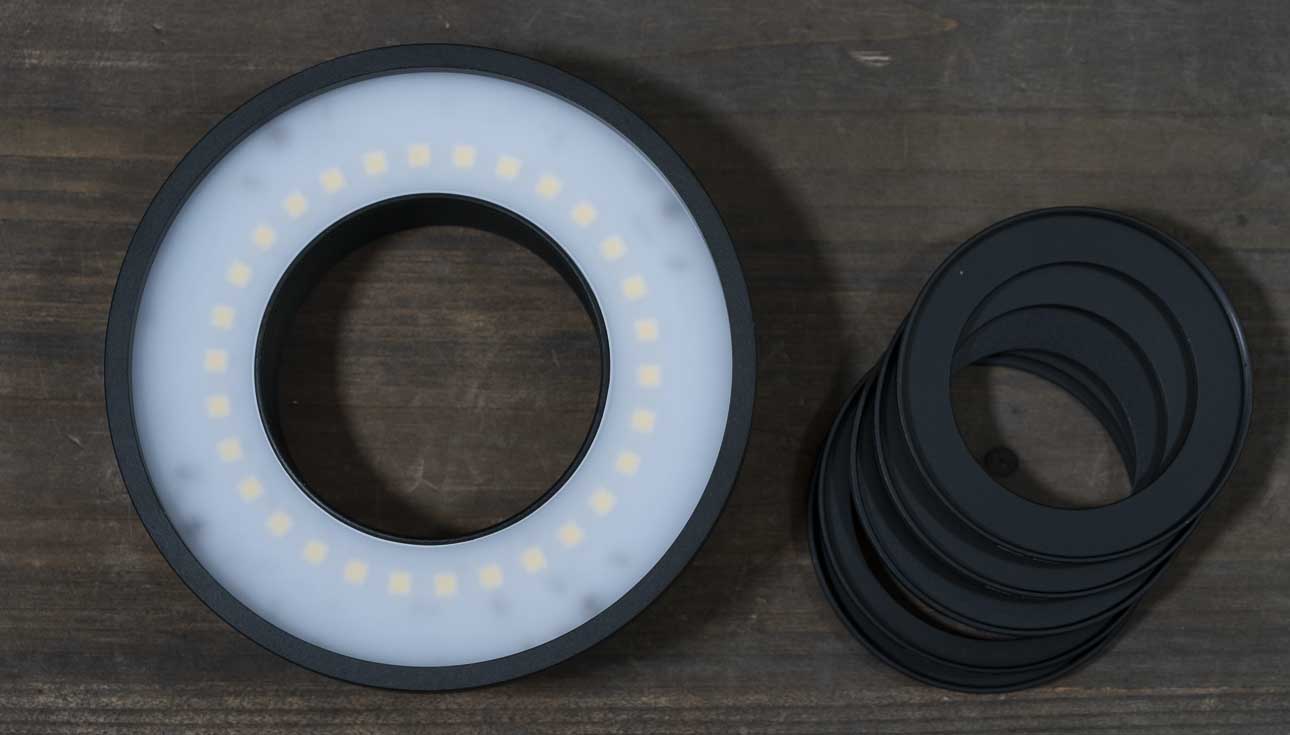
It’s easy to fit the Kaiser KR90 to a lens, it just screws on to the filter thread. Then, you just need to flick the power on and use the knob to adjust the brightness of the output.
As the Kaiser KR90 is a constant light, the exposure is set as normal. If you’re shooting in live view mode, or using a mirrorless camera, you can set the exposure by eye.
Performance
As it is around 3cm deep and it attaches to the end of a lens rather than around it, I found the KR90 begins to appear in the corners of my shots at a focal length of around 40mm on a full-frame camera.
However, macro lenses are usually longer than that, so it’s not a major problem.
I found that the KR90 can increase the exposure by up to 6EV, but it depends upon the distance to your subject as well as its shape. That’s because a lot of the light spills around the area being photographed. A dished subject may bounce a little back in.
On one occasion, for example, in the early evening (before sunset), I shot a flower at a distance of around 10-15cm from the end of the lens and I got an exposure of 1/50 sec at f/8 and ISO 800. That was with the light at full-power. With the light turned off, the exposure time increased to 1/6sec.
A few moments later, I shot the detail of some wood at the closest focusing point of the Sony FE 90mm Macro G OSS (28cm from the sensor), at 1/160sec, f/8 and ISO 800. Without the light, the exposure extended to 1/3sec.
That may not be as powerful as some flash systems, but it’s good enough for many macro situations. However, unless you want to push the sensitivity up, you’re likely to need to put the camera on a tripod to allow a relatively slow shutter speed. Nothing unusual there for the average macro-shooter!
Check the price of the Kaiser KR90 Ringlight at Amazon UK, Amazon.com, Adorama, BH Photo Video.
Verdict
The Kaiser KR90 ringlight is an easy to use solution that appears to be made to last. It’s simple to set-up and is perfectly suited for use with a mirrorless camera.
With a diameter of 77mm, it will mount on most macro lenses either directly or via a step-down ring. It would be nice if the batteries were interchangeable, but for some reason, Kaiser has made them built-in. However, along with the mains charger, there’s a car-charger included in the box.
While the light is soft and even, it can only be adjusted globally. It would be nice if either side could be dimmed independently to give subjects some relief. Of course, that can be achieved with some tissue and a bit of tape, but’s not measurable or especially sophisticated.
